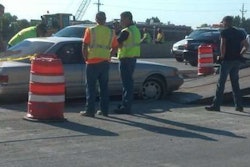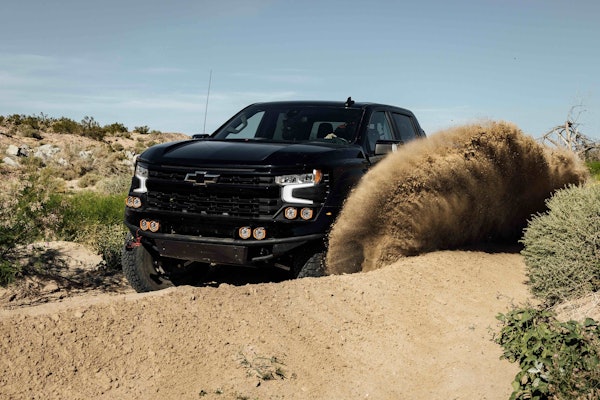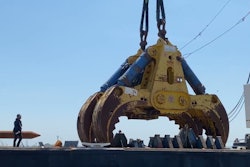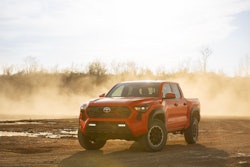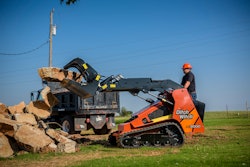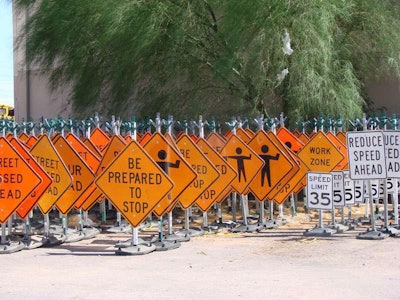
Here are several steps that can be taken to help keep road crews safe:
Use temporary traffic control devices
You can never have too many signs, warning devices, paddles and concrete barriers throughout a work zone. If you’re not sure you have enough, add a couple more. What can it hurt? It’s also important to keep all signage clean to maintain its reflective intensity and visibility.
Communicate with motorists
[gtblockquote type=”right” quote_text_size=”22″ quote_text_style=”normal” quote_text_color=”#9F0226″]Communicate with motorists before and during road construction.[/gtblockquote]It’s important to communicate with motorists before and during road construction. Give drivers advance warning of upcoming work zones, and install warning signs with estimated time of delay, and other road closure information. Continue to update warning signs as conditions change.
Highly visible apparel
All highway construction workers should be required to wear highly visible safety apparel. It’s important that workers stand out and can be seen by anyone who may be driving in the area. Fluorescent and reflective materials should be used if possible.
Illuminate the work zone
Install enough lighting for the workspace, but be careful to reduce glare so workers and passing motorists are not blinded. If possible, use glare-free light balloons and glare screens.
Work site coordination
[gtblockquote type=”right” quote_text_size=”22″ quote_text_style=”normal” quote_text_color=”#9F0226″]Make supervisors responsible for documenting hazards, and quickly finding solutions.[/gtblockquote]Try not to assign collateral duties that end up distracting workers from their personal safety responsibilities. It’s also a good idea to make supervisors responsible for documenting hazards, and quickly finding solutions.
Safe equipment operation
It’s always a good idea to keep workers on foot away from areas where heavy equipment is being used. Train equipment operators and workers on foot how to appropriate communicate. Be sure equipment operators never move equipment when workers on foot are near.
Safety First!
When it comes to safety, you can never be too careful. It’s important to always use common sense at a work site. Always double, and triple check, before doing something that poses an injury risk. If it doesn’t seem safe, DON’T do it. Take a step back and figure out how to make it safer.
It’s better to be cautious than quick. If you feel a work zone is unsafe, and don’t know how to make it safer, contact the Occupational Safety and Health Administration (OSHA).




